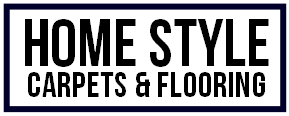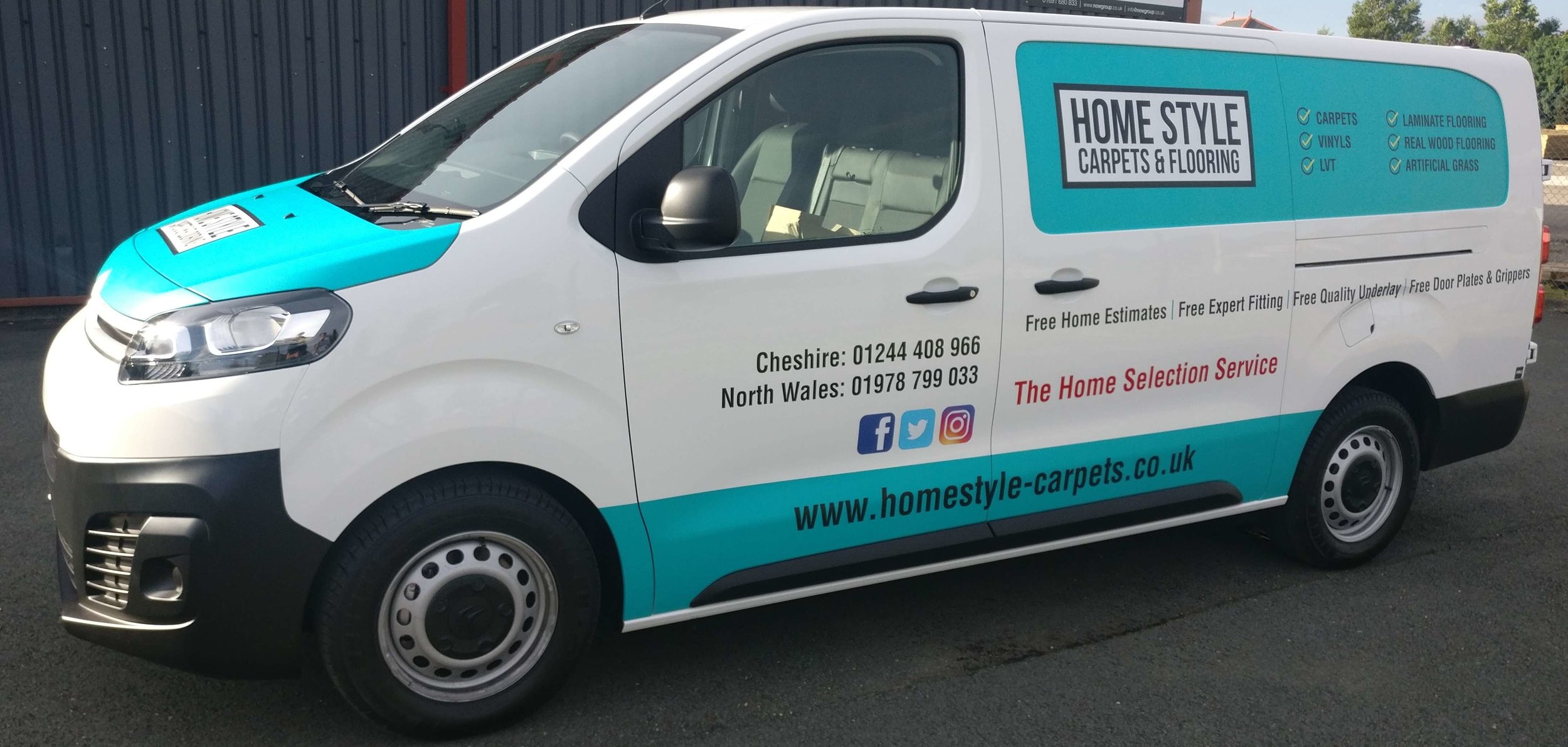How to choose the right laminate flooring thickness for your home
/Laminate flooring is available in several depths, typically ranging from 6mm to 12 mm, but how do you decide what thickness is best for your home?
The first consideration is your budget. Thicker laminate boards are more expensive, but if you have a small budget a thinner laminate may be sufficient, especially in rooms with a low footfall, However, if the subfloor is uneven, it’s better to go for thicker laminate as these hide subfloor imperfections. Thinner boards are likely to wear out quicker on uneven subfloor.
Avoid 6mm boards unless your budget is extremely limited, as these are not good quality and are unlikely to last long.
A 12mm thick board can look and feel like real wood, especially if it has a raised wood grain effect. More detailed and elaborate designs are available on thicker planks.
Thicker boards are more impact resistant and should last longer. They also absorb sound better, making footsteps quieter and reducing echo. Thicker boards often feel softer underfoot.
Waterproof laminate flooring is available from 8.5mm thick, which is fine for bathrooms, kitchens and utility rooms.
If expense is not an issue, buy 10mm or 12mm thick laminate flooring that is high quality, durable and looks good. There is not a large difference between these two thicknesses, so which one to install is down to personal preference.
Ask your flooring services in Chester or North Wales to show you their range of thick laminate flooring patterns and colours and choose the one you like best.

